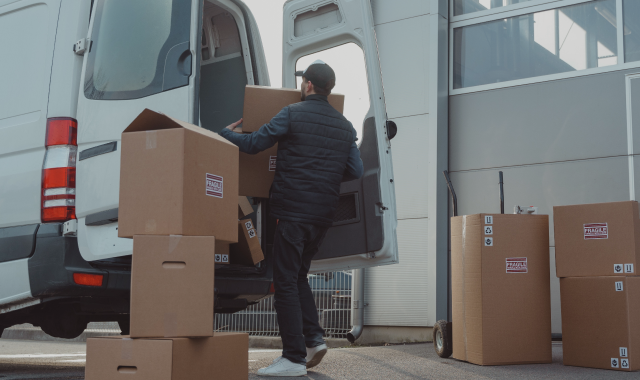Defining Retail Shipping

Orders placed on an e-commerce platform are filled using the retail (ship from store) fulfillment approach, which involves actual stores rather than a warehouse. Instead of using inventory kept in a warehouse to satisfy online orders, this approach has shop staff choose and pack orders for customers who place them online.
Do You Need it for Your Business?
You should choose retail shipping based on an assessment of what would allow you to fulfill orders most cost-effectively while still fulfilling consumer expectations for the delivery time. If you want to use ship from the store as a fulfillment approach, there are a few things to be aware of.
The first thing you need to be careful of is not to sell something you don’t actually have. You need an inventory control system established with access to what is in your stores and warehouses if you want to share in-store stock with your online site. In this manner, you can be certain that you are not attempting to fulfill an online order from the store with the same T-shirt when a customer purchases a T-shirt in the physical store.
You’ll also need to monitor your capacity to group orders. The circumstance where the best shipping route for every individual item could be different will arise when you include the ability to complete orders from numerous places. Then you must do the math to see if shipping them individually or together will be less expensive.
Pros of the Retail Shipping
It makes sense to avoid renting additional warehouse space for major e-commerce companies that have a strong offline presence and ship straight from a neighborhood shop. The ship-from-store business model has the following primary advantages.
- In-store inventory turnover is improved. Brick-and-mortar retailers naturally see increased inventory turnover when online purchases are filled using their allocated inventory. This might be advantageous for a company as it keeps the stock moving and helps you prevent deadstock (particularly if physical locations have lower order volumes than other channels).
- Decrease in delivery costs & time. For quicker transit for consumer orders, maintain inventory near the online shopper. Additionally, it minimizes the number of delivery zones your product must pass through, lowering the average shipping cost.
- Reduced risk in the event of a disaster. A calamity (such as a hurricane, tornado, or flood) might wipe out roughly all of your stock if most of your inventory is kept in a single warehouse site, making it hard to satisfy demand. To reduce the risk of losing all of your goods, divide it across several distribution centers—in this example, several retail locations.
Cons of the Retail Shipping
For many businesses, especially smaller ones, shipping from the store is not the greatest option. Here are a few of the main cons of the retail shipping approach.
- It will cost you. There are several additional expenses when you ship from the shop. First, you will need to recruit more shop personnel or train the current staff to manage the online supply chain since stocking goods, processing orders, and shipping at physical retail locations requires a lot of manpower. This costs more labor and takes more time and effort. For retail shipping to significantly reduce shipping distance, you will also need a substantial network of retail outlets, which calls for a considerable financial commitment. To avoid stockouts, more safety stock could be required, which would raise carrying and procurement costs.
- It can be disruptive and inefficient to process online orders in the same location you serve offline consumers. As personnel attempt to multitask, in-store consumers cannot receive the attention they require, or the accuracy of online orders can suffer.
- Inventory management is harder. Tracking and managing inventory levels becomes difficult when you also implement retail shipping. You can be stocked out or unintentionally sell merchandise that has already run out since online sales, and in-store sales draw from the same inventory pools, which results in backorders and dissatisfied consumers. You will have to manually coordinate inventory levels across channels unless you have the funds to invest in an inventory management system, which rapidly becomes daunting.